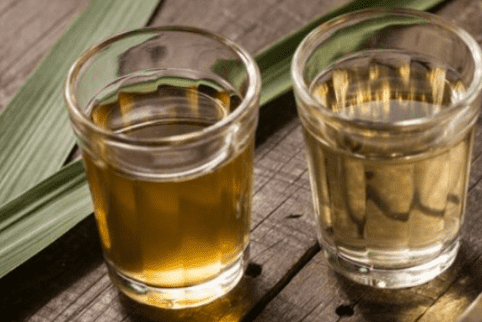The Origins and Traditions of Charanda Drink in Mexico
The distillation of sugarcane juice or one of its byproducts, such as piloncillo, molasses, or crystallized sugar, results in the production of the spirit known as charanda, which has its roots in the city of Uruapan in the state of Michoacán.





